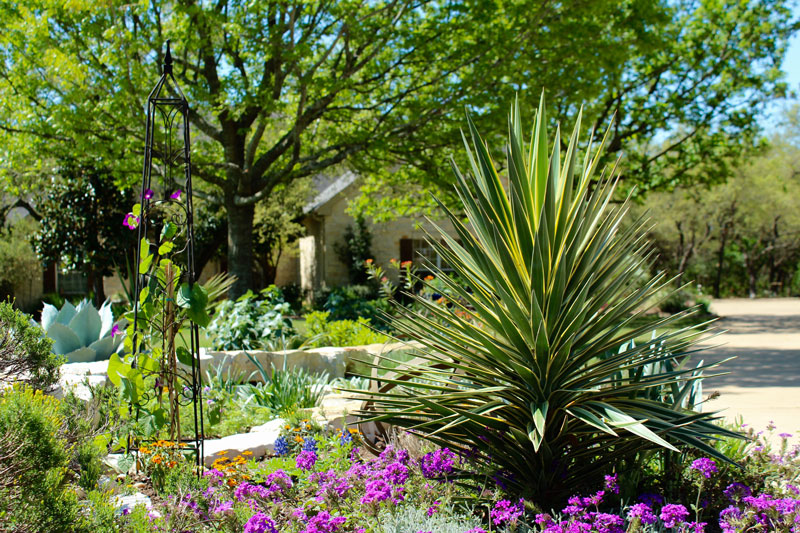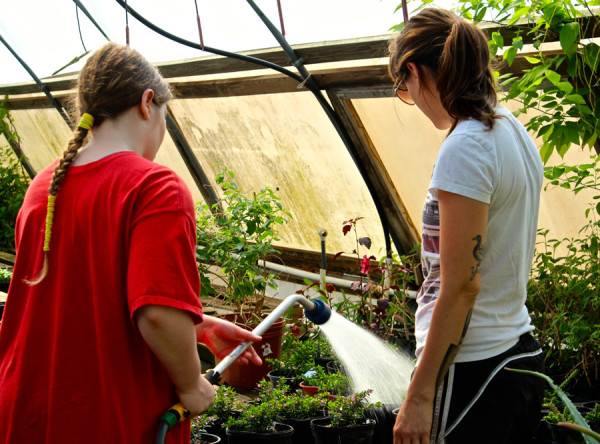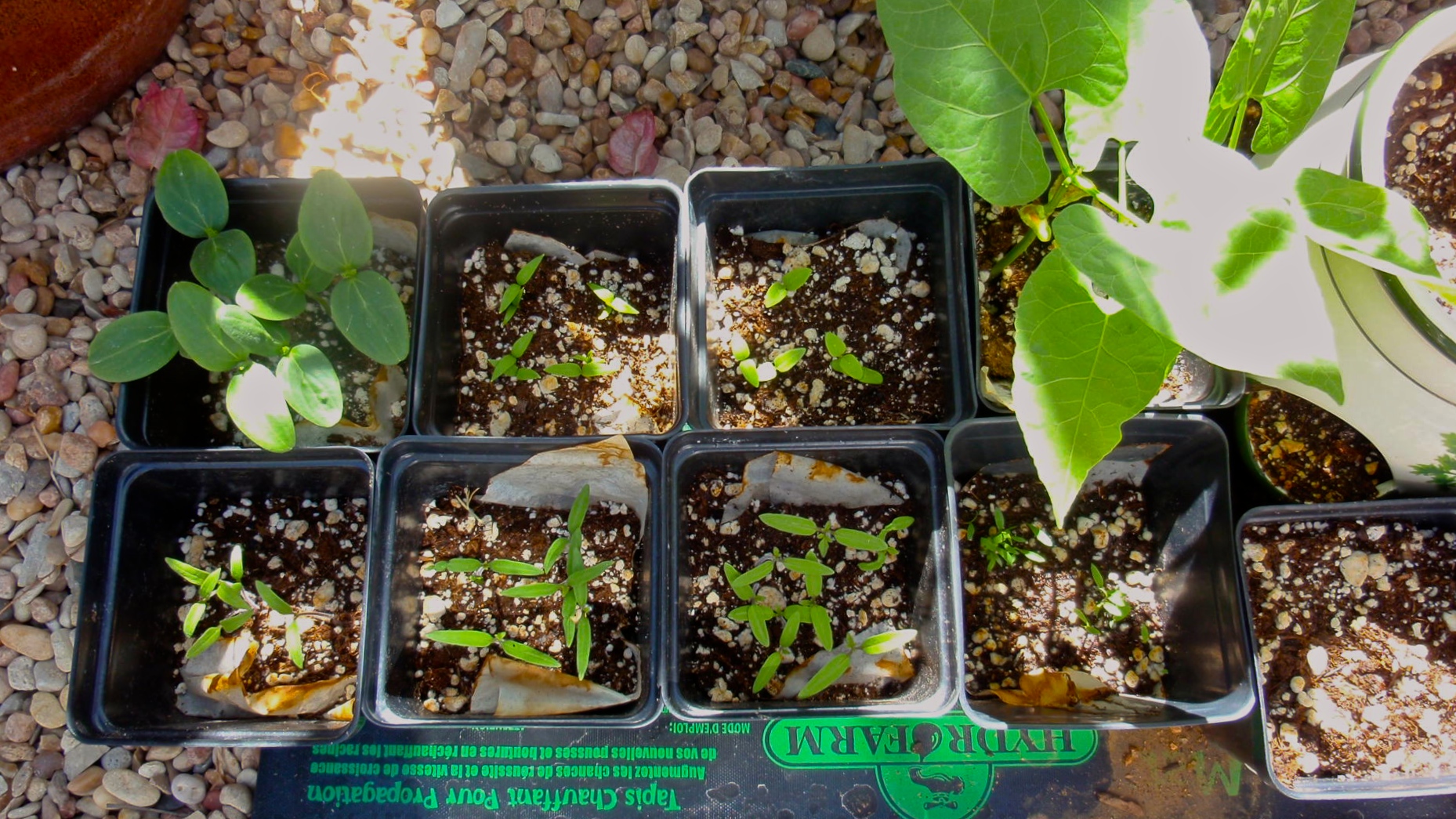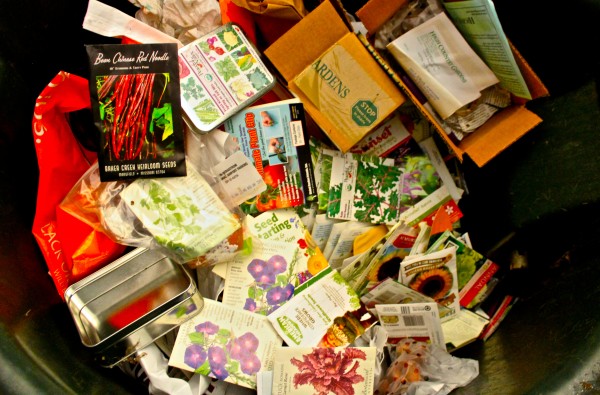Old adages still guide today’s gardeners
If you’re a gardener, chances are you’ve been the recipient of items handed down or passed along to you. Whether from a grandparent, friend or neighbor, seeds, transplants and recipes readily make the rounds in garden circles.
Perhaps the thing most often shared among gardeners is wisdom. Countless tips, techniques, proverbs and sayings are shared each day around the world as older gardeners teach younger ones and experienced gardeners teach novices. The scope of such advice knows no bounds, running the gamut from adages regarding planting based on the moon cycles to signs that rain is imminent.
While many of the sometimes curious snippets of wisdom shared over the garden gate have proven to be myths or old wives’ tales, many of them hold true, even in today’s modern age.
I don’t remember where I picked up the adages that I use the most, they are just part of my vernacular and seem to have always been there. The one I most often share with my landscape design clients is intended to urge patience, helping them manage their expectations in the garden.
Of newly-planted perennials, I will say, “The first year they sleep, the second year they creep, and the third year they leap.”
When first put in the ground, plants need time to build strong root systems in their new environment. Thus, growth above ground is generally slow, as they sleep, while the plant is putting energy into growing roots.
The second year of growth, plants begin to creep. With more established roots, the plants will form new leaves, stems and blooms. The plants will also be a little less susceptible to environmental issues than brand-new transplants.
By the third year, with a strong root system, plants literally seem to leap as they begin to mature and come into their own.

Obviously, this folksy adage can’t be applied literally to each and every plant in every garden, but it’s a good reminder that growing things takes time. One of the most difficult lessons a gardener learns, patience often seems beyond reach. Holes and empty spaces in the garden simply beg to be filled.
In some of the more difficult spots in my own garden, I sometimes find that I have 3 different plants coming up in virtually the same space, because I haven’t been patient. I used to keep a sign on my desk: Take my advice, I’m not using it. It’s true.
I’m probably doomed to try new things when existing plants aren’t moving along fast enough for my liking. The lesson hasn’t taught me patience, but rather to buy bigger plants to start with.
Another of my favorite pearls of wisdom embraces the concept that much of gardening is beyond our control: “What you don’t fill, Mother Nature will.”
Gardeners often want to build a garden bed – excavate it, fill it with soil, and then sit back and pontificate about what might look great there. Or they simply want to add plants a few at a time or in stages. Kind of like sitting on the couch in your brand-new house and pondering for a while before hanging art work on the walls.
Don’t get me wrong, thinking and planning are critical tools for creating beautiful, well-designed beds. But once you’ve opened up the space and filled it with nutrients, every weed within a mile is going to want to grow there where it’s nice and lush. But, a new bed that’s been filled up with plants creates a bit of an obstacle course that helps prevent air-borne seeds from landing on the soil. A bed filled with plants will also help shade out existing weeds trying to come up from below. So, if you’re a thinker and you just can’t decide what to do with your bed, you’ll be able to entertain yourself by pulling weeds while you mull over your options.
The gardening acronym M.A.D. reflects my motto in the garden when plants don’t appear to thrive where I’ve placed them. Then I have to make a decision – should I Move the plant, wait to see if it Adapts after a little while or let it Die if it requires more babysitting than I’m willing to do to keep it healthy. Many Central Texas gardeners live by the adapt-or-die method where their garden conditions are particularly intolerable.
We’re used to drought and heat here, but with the unpredictable deluges and floods we’ve suffered through over the last few years, some plants are dying from too much water. Our clay soils can literally drown plants that need good drainage. When I diagnose plants in decline from excess water, I tell clients that certain plants don’t like to have wet feet. Some examples of those would include rosemary, grasses, yuccas and agaves.
Leaflets three, let them be. Hairy vine, no friend of mine. Around since the early 1900s in some similar form or fashion, these sayings have long warned people away from poison ivy or oak. If you’ve ever suffered from a reaction to either of these, you can be sure you won’t forget these little rhymes handed down for generations.
Countless proverbs, adages and myths continue to be passed along in the gardening world. While science may had disproven some of these expressions over the years, many continue to prove invaluable to today’s gardeners.
An ancient Chinese proverb best reflects my view of gardening: He who plants a garden, plants happiness.


 Gardening is restorative. Taking in the fresh air, appreciating a job well done and enjoying nature – all help revive the spirit.
Gardening is restorative. Taking in the fresh air, appreciating a job well done and enjoying nature – all help revive the spirit. Indoors, that is. If you’re eager to try some new varieties of vegetables in your spring garden, now is the time to check out seed catalogs and the seed displays at your local independent nurseries.
Indoors, that is. If you’re eager to try some new varieties of vegetables in your spring garden, now is the time to check out seed catalogs and the seed displays at your local independent nurseries. It’s seed-sowing time in Central Texas. Indoors, that is. If you’re eager to try some new varieties of vegetables in your spring garden, now is the time to check out seed catalogs and the seed displays at your local independent nurseries.
It’s seed-sowing time in Central Texas. Indoors, that is. If you’re eager to try some new varieties of vegetables in your spring garden, now is the time to check out seed catalogs and the seed displays at your local independent nurseries.